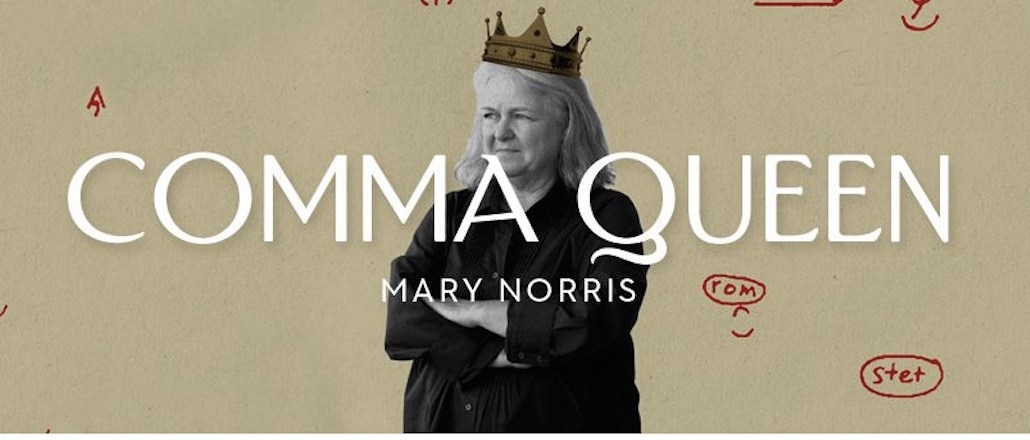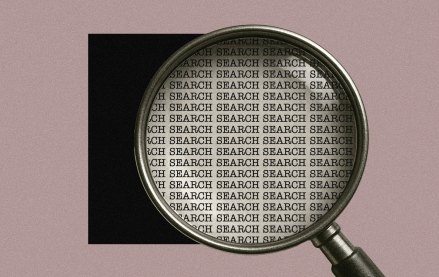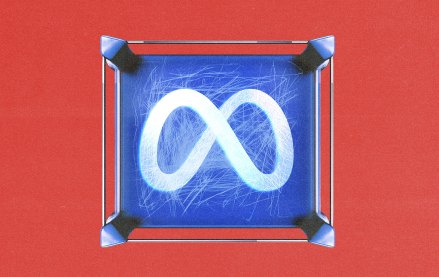Save 50% on a 3-month Digiday+ membership. Ends Dec 12.

Even for Mary Norris, a copy editor at the New Yorker for the past three decades, the idea of producing a web series focusing on grammar was a dull idea.
“This is the most boring thing ever and this will be a test to see if there’s any future to it, “ she laughed after shooting a pilot for “Comma Queen” last year, a video series that focuses on the complexities of the English language and New Yorker house style.
Following some major editing, turns out there’s an appetite for it.
The pilot, which ran several minutes and has never seen the light of day — either by Norris or the internet, was reformatted to run less than a few minutes. In its “snappier” version, Norris deciphers the differences between that and which, the complicated issue of prepositions and, obviously, decodes serial commas.
“The point is we made them short, that was the trick,” Norris told Digiday. “I don’t write a script, and part of the reason is that I hope the shoot will be canceled and I don’t want to waste my time preparing if the shoot is canceled,” she laughed. “I like to give it spontaneity.”
The New Yorker doesn’t break out individual viewership numbers for video views on its website, but the videos rack up between 50,000 and 250,000 views on the publisher’s Facebook page, fostering a loyal following likely drawn to her warm personality.
In total, there are 25 episodes of “Comma Queen,” with plans for more. Norris pulls examples that she finds while copy editing articles from the issue and steers away from controversial content, like politics or sex.
“I’m always struggling to find examples because I have to show the difference between what’s wrong and how to make it right,” she said. “I don’t like making up examples because there’s so much out there.” Writers’ mistakes aren’t pointed out by their name, but Norris admitted that they have become “wary” of her.
The idea of the video series originated from a similar column she used to write for the New Yorker’s website that she scrapped because the publishers of her book, “Between You & Me: Confessions of a Comma Queen,” wanted her to save the material for that.
After the book was finished last year, New Yorker editor-in-chief David Remnick pushed her to host the web series after seeing her personality on display during a presentation at a New Yorker Festival about her book. “She’s a super duper copy editor, she’s very funny and extremely smart about language,” he told Digiday, using the Yiddish word “heimish,” which means warm, cozy and familiar, to describe her.
Remnick described her medium, language, as “the greatest human invention.”
“Language is the one technology that we all use,” he said. “It’s what we live in; it’s what we dream in, read and communicate in. It’s what we all have.”
Norris echoed that, explaining that the New Yorker’s reputation for protecting its style guide is why people tune in. “It’s just a list of words,” she said. “But maybe because there’s a bit of a cult that has grown up around the New Yorker, so people are intensely curious about our style.”
Still, Norris remains shocked that people watch her videos. “I’m really amazed that people have taken to these videos,” she said. “There’s an appetite for learning about punctuation that’s gratifying to me, and I’ve even inspired some people to become copy editors, which is something I haven’t set out to do.”
More in Media

WTF is AI citation tracking?
Publishers are tracking AI citations to understand visibility, attribution gaps and referral traffic in these tools and platforms.

As big brands flood the podcast ad space, startups are refining strategies to stand out
While a influx of big advertisers is good news for podcast companies, it also makes it more challenging for small- to mid-sized brands to stand out in the space.

Meta enters AI licensing fray, striking deals with People Inc., USA Today Co. and more
The platform has secured seven multi-year deals with publishers including CNN, Fox News, People Inc., USA Today Co to incorporate their content into its large language model (LLM) Llama.





